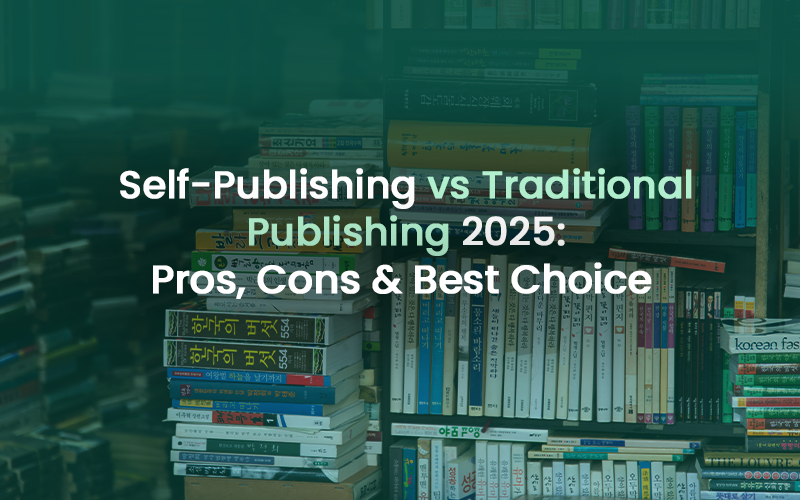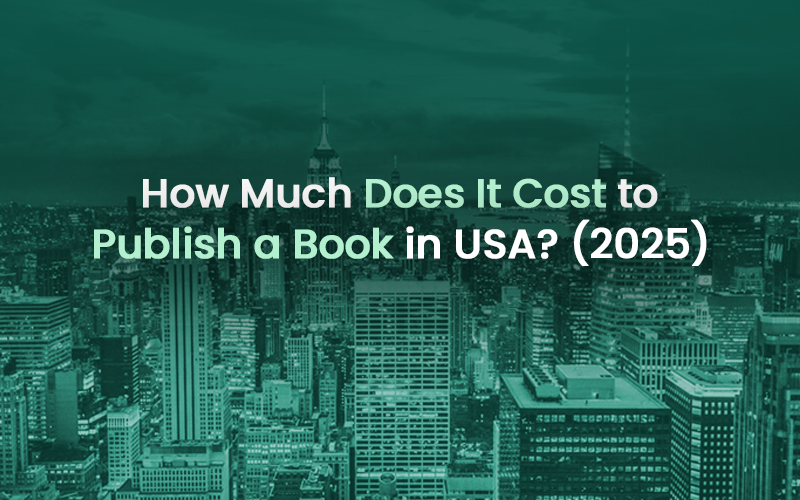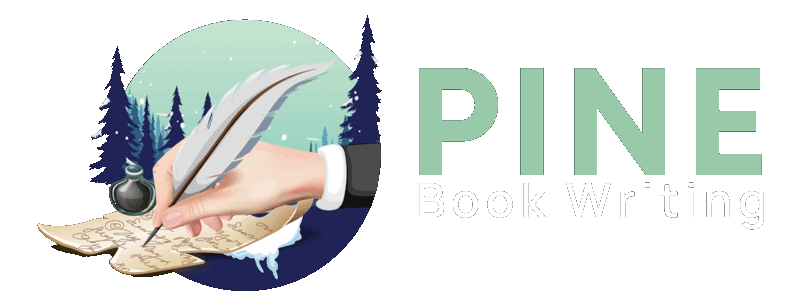Blogs
Are you in search of expert book formatting services to get your manuscript formatted well? If so, then we're here to help. At Pine Book Publishing, we offer professional book formatting services to blow life into your book. Our expert team of book formatters will work together with you to give your book a professional and polished look. Get a free quote now!

How to Choose the Right Book Editor for Your Genre
Choosing the right editor can change how your book reads. The right person helps your story feel clearer and more polished. This guide explains how to choose a book editor for your genre and what things to check before you hire someone.

How Much Does Book Editing Cost in 2025? Real Prices & Insider Tips for Authors
The average book editing cost in 2025 ranges from $0.03 to $0.15 per word, depending on the type of editing. Developmental editing is the most expensive, while copyediting and proofreading are cheaper. Most authors spend $800 - $2,000 for a complete edit before publishing.

What Are the Different Types of Book Editing? A Complete Guide
Book editing has five different stages: developmental, line, copy editing, and proofreading. Structural editing is often a component of developmental editing, but all stages play a different role in improving content structure, language, style, and readability. Authors must understand these stages to improve clarity and prepare their book for publication

How to Edit a Book for Someone: A Practical Book Editing Services Guide
To edit a book for someone, you need more skills than grammar. An editor needs to understand the author's chosen tone and improve overall content clarity. This post will help you learn how to edit a book correctly (from content structure to final refinement) and what makes professional book editing services important for making the process stress-free. Let’s start by understanding what exactly book editing is…

How to Get a Book Published? Costs, Process, and Best Options for Authors (2025)
There are three main ways to publish a book in 2025. Traditional publishing, self-publishing, and hybrid publishing. Traditional publishing gives you credibility and access to many bookstores, but it takes longer and pays smaller royalties. Self-publishing is faster and allows authors greater flexibility and more money per copy, but they have to handle editing, design, and marketing. Hybrid publishing is a mix of both. The best decision for you will depend on your goals, budget, and how much control you require throughout the process.

Self-Publishing vs Traditional Publishing 2025: Pros, Cons & Best Choice
Self-publishing vs traditional publishing in 2025 is based on who has control, how much it costs, and how much authors can earn in royalties. Self-publishing lets authors release books faster and make more money from each book. On the other hand, traditional publishing helps build industry credibility and quick bookstore access. However, self-publishing (a new method) is the best recommended option for those who want quick success with a lower budget and timeline.

Self-Publishing Services Explained: Choosing the Best Options in 2025
Self-publishing services enable new and seasoned writers to publish their literary work without the help of traditional publishing firms. These services comprise cover design, book formatting (all kinds), distribution, and promotion. Now writers can acquire complete ownership and the maximum royalty rate. Also authors can release their books in a professional manner with popular platforms like Amazon KDP, IngramSpart, and Apple Books with affordable packages.

How Much Does It Cost to Publish a Book in USA (2025)?
The cost to publish a book in USA in 2025 is generally somewhere between $1,000 and $5,000 in self-publishing. The actual/final price depends on aspects like editing, cover, printing, and the way you market. While traditional publishers cover most of the bill, authors will earn less per sale.

Top 10 Book Publishing Companies in USA for 2025
You're lucky if you are an author living in the USA and planning to publish a book in 2025. Why? Because the publishing industry is rising day by day, and many of the best book publishers US are readily available to help authors fulfill their dreams. But having too many options doesn't mean each company will suit your genre and other preferences. You need to find which one will suit your needs.

Audio Books vs Reading: Which is better?
In a world where stories come alive through printed words and spoken narratives, a fierce debate has captivated book lovers: audiobooks vs. reading. Which medium reigns supreme in the realm of literary immersion?

A Brief Understanding of Proofreading: What, Why, and How to Proofread?
Learn how to proofread like a pro—catch errors, polish your writing, and ensure your message is clear before publishing your book.

Your Roadmap to Publishing Success: How to Publish a Book
Publishing a book feels daunting, but it should not have to be. With the right strategy, you can be confident moving from manuscript to book publishing and marketing. This blog post breaks out every step: writing, editing, cover design, choosing a publishing house, and how to market a book well. Whether you want a conventional publishing or you are a self-publishing author, you will find useful advice to guide you through the process and prevent expensive errors. Publishing success is within your grip, not only imaginary.












